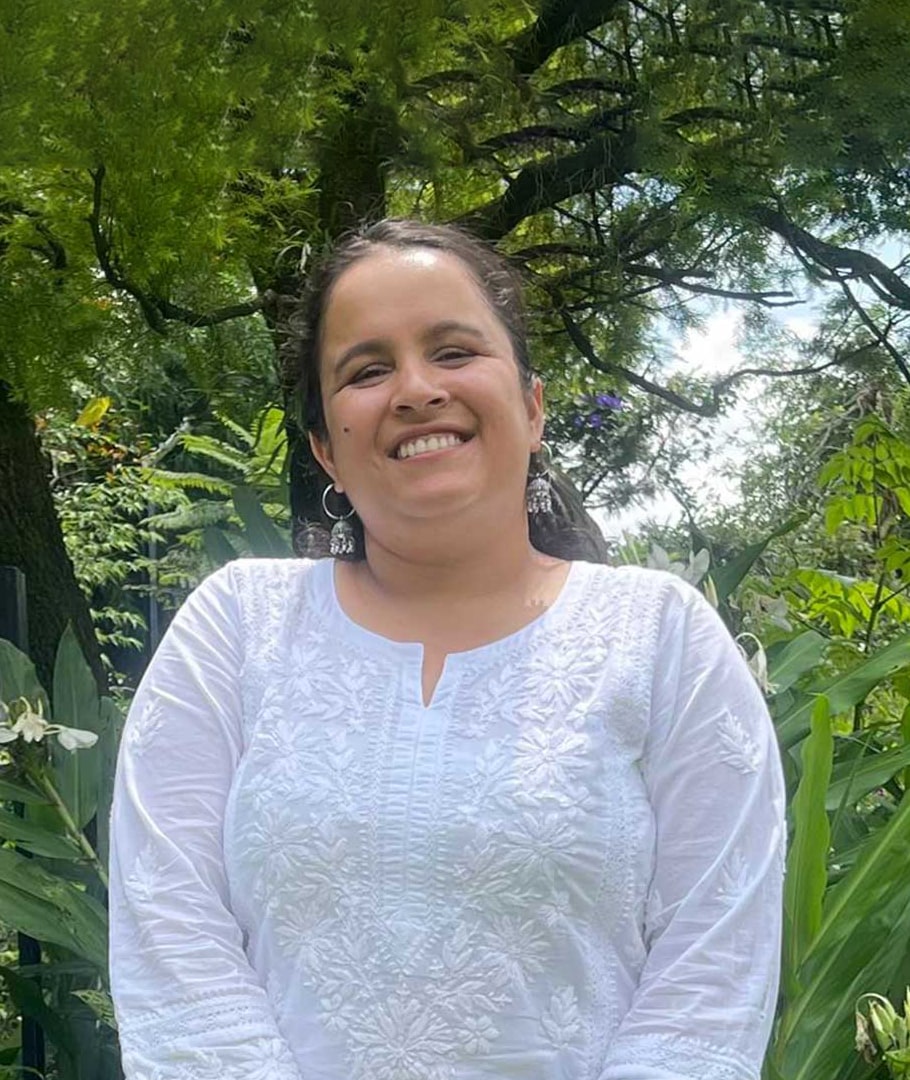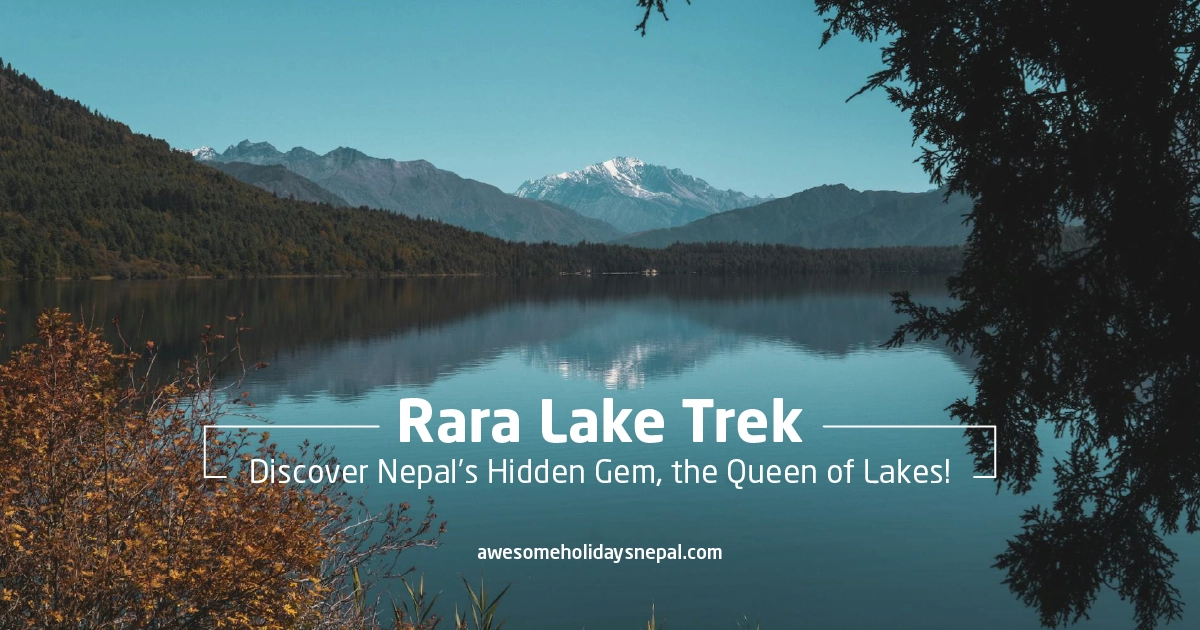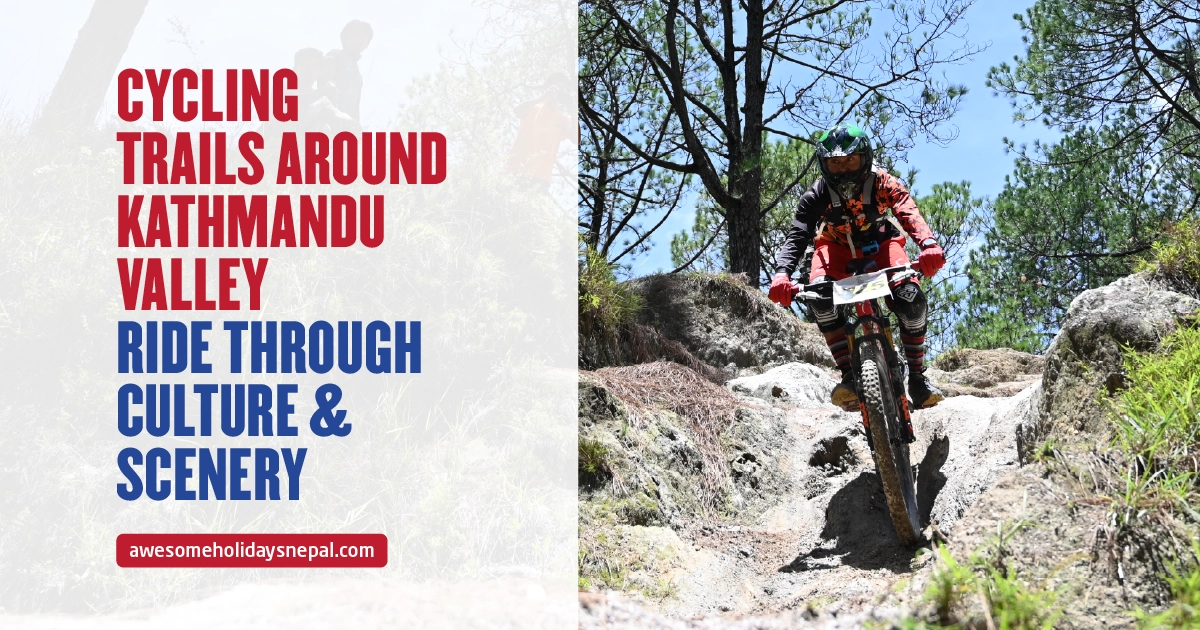Everest Base Camp Trek: Budget vs. Luxury-Choose the Right Package for You
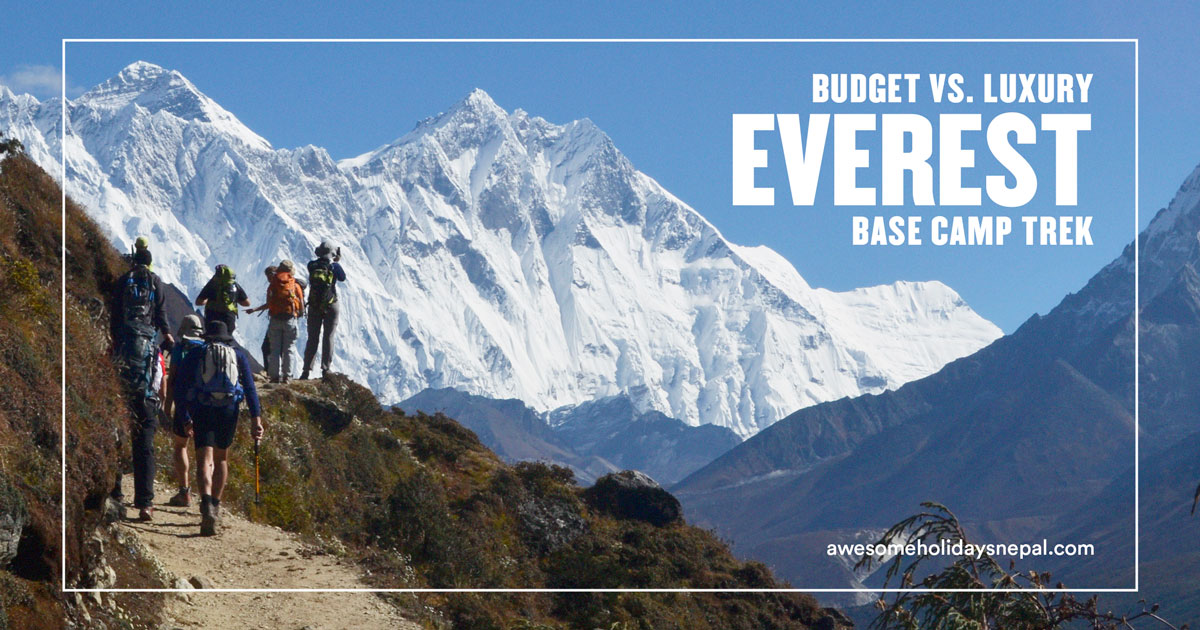
Known for its sturdy peak hovering over Nepal, the Everest Base Camp trek or any excursion to the Everest region is a dream for adventurers worldwide. It offers unparalleled natural beauty, cultural immersion, and personal challenge.
Everest Base Camp Trek is one of the most popular adventures in Nepal; there’s no doubt about that. But, planning a trek to the peak of the world can often be troublesome to many, whether you are traveling on a budget or looking for a luxurious experience.
To ensure a smooth travel, you must learn what each package offers and which one is ideal for you. Let’s go through the blog to decide which package is right for your convenience, budget, or luxury.
Highlights of the Everest Base Camp Trek
- Scenic flight from Kathmandu to Lukla, with stunning aerial views of the Himalayas.
- Trekking through the diverse landscapes of Sagarmatha National Park, a UNESCO World Heritage site.
- Cultural immersion in Namche Bazaar, the bustling Sherpa town and gateway to Everest.
- Visit Tengboche Monastery, the spiritual center of the Khumbu region, with breathtaking views of Everest and Ama Dablam.
- Acclimatization days in Namche Bazaar and Dingboche, offering hikes to nearby viewpoints with panoramic vistas.
- Sunrise hike to Kala Patthar, the ultimate viewpoint for unobstructed views of Mount Everest and the surrounding giants.
- Descending through the beautiful alpine landscapes and traditional Sherpa villages.
Budget vs. Luxury Everest Base Camp Trek
There’s a subtle difference between what trekking on a budget offers compared to spending exclusively on the same trip. While you can cut down heavily on budget travel, the amenities you are offered, the service you get, and your experience might vary.
Here’s a subtle comparison between budget and luxury
Cost for EBC Trek
The luxury Everest Base Camp trek is undoubtedly going to be higher than the basic packages. Usually, the standard packages range from $1200 to $1400, whereas the luxury packages range from $3000 to $7000.
When budgeting for the trek, remember that the exact cost will depend on the number of days on your itinerary and the services you choose.
Duration of the Trek
How long your trek takes depends entirely on the package you choose. If you want a standard package on a budget, you will have to trek both ways after landing at Lukla airport. This takes a minimum of 14 days, starting with a flight from Kathmandu. However, you can complete it with a luxury Helicopter Ride in just 8 days.

Even though some companies allow you to customize your itinerary, the duration of the trek is usually fixed if you are traveling on a budget. Since these treks typically occur in groups, changing the duration for one person is less likely, and having a pre-planned set of activities makes the duration shorter, too.
Amenities on EBC Trek
From accommodation to the basic amenities on a trek, it vastly depends on the money you are willing to spend. The budget trek will have limited facilities like staying at a common tea house with shared washrooms, basic meals, and a limited number of porters. Meanwhile, on the luxury trek, you will have perks like single rooms with private washrooms, a variety of meals, and convenience when traveling with assistance.
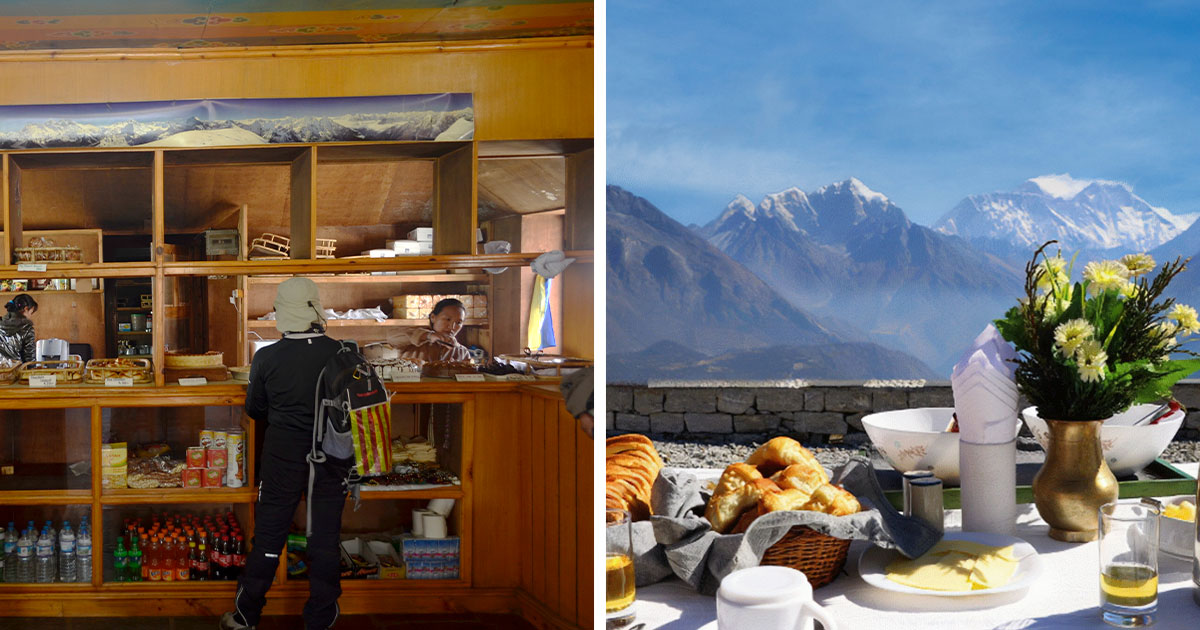
Besides, you will also have a customized itinerary and private commute in a luxury trek instead of traveling with the group on a budget.
Experience of Everest Region
How do you want to experience the Everest region? If you just want to see Everest and feel the top of the world feels like then you can opt for a luxury Everest Heli tour or a luxurious Everest Heli trek.
But you need to trek on foot to experience the local lifestyle of the Sherpa people and the ambiance of the Everest region. Living in the teahouses and local homestays will enhance this experience even further. For this, a budget trek to the Everest region is the best option.
Services Offered
Luxury treks often come with the privilege of top-notch travel services. On a luxury trek, you will get multiple porters and a personalized porter to carry all your essentials. Similarly, hot showers and other modern amenities are guaranteed on this lavish trek.
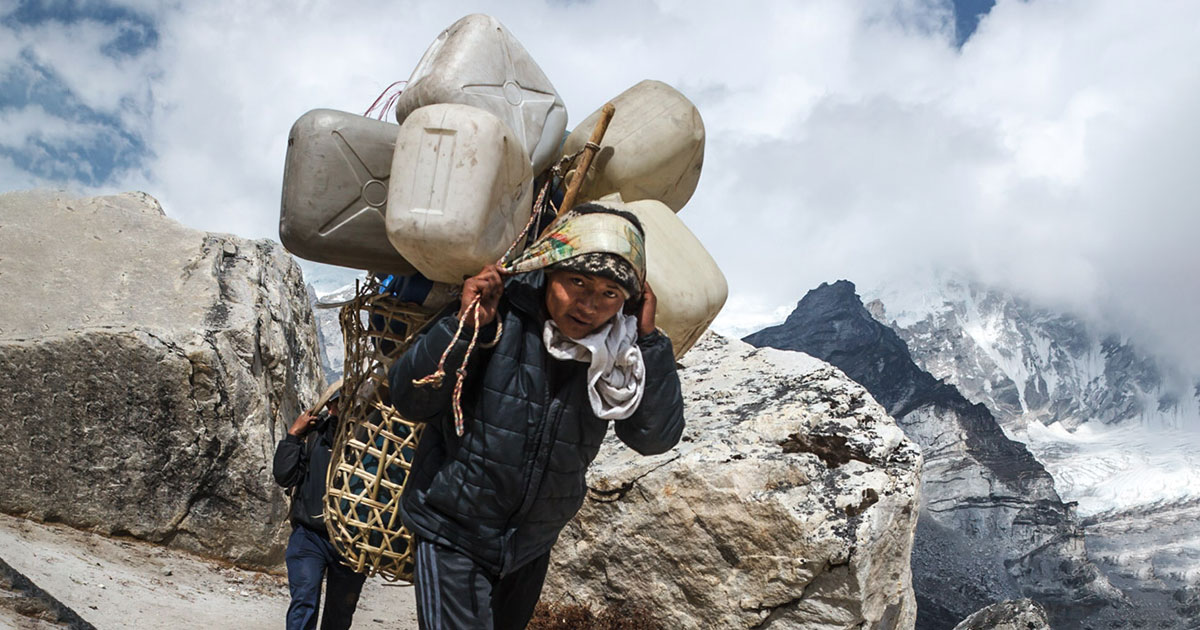
However, on the budget trek, you often have to share your porters as well as the trekking guide. The reason behind this is that budget treks are often organized in groups, and on top of there’s a shortage of trek assistance during peak travel season.
Perks of Luxury EBC Trek
There is no doubt a luxury Everest Base Camp trek has many perks in comparison to the budget EBC trek. Some of the advantages of trekking with luxury are as follows:
- Luxury accommodations with private bathrooms and hot showers.
- Assistance of experienced guides and porters.
- Travel luxuriously on Heli rides and private tourist vehicles.
- The luxury of adjusting itineraries for acclimatization and rest days.
- Enhanced safety and comfort while on the trek.
Things to Know Before Everest Base Camp Trek
Everest Region has long been known as a popular destination for adventurers who want to climb the peak of Mt. Everest. It offers a variety of trekking routes to adventurers of all levels. But before you start, there are a few things that you need to learn.
Best Time to Visit the Everest Region
Fall and Spring are the best seasons to trek to the Everest region. Since the climate is suitable, the trails are dry, and the skies are clear during these two seasons, they are also the best seasons for climbing to the Himalayan regions of Nepal.
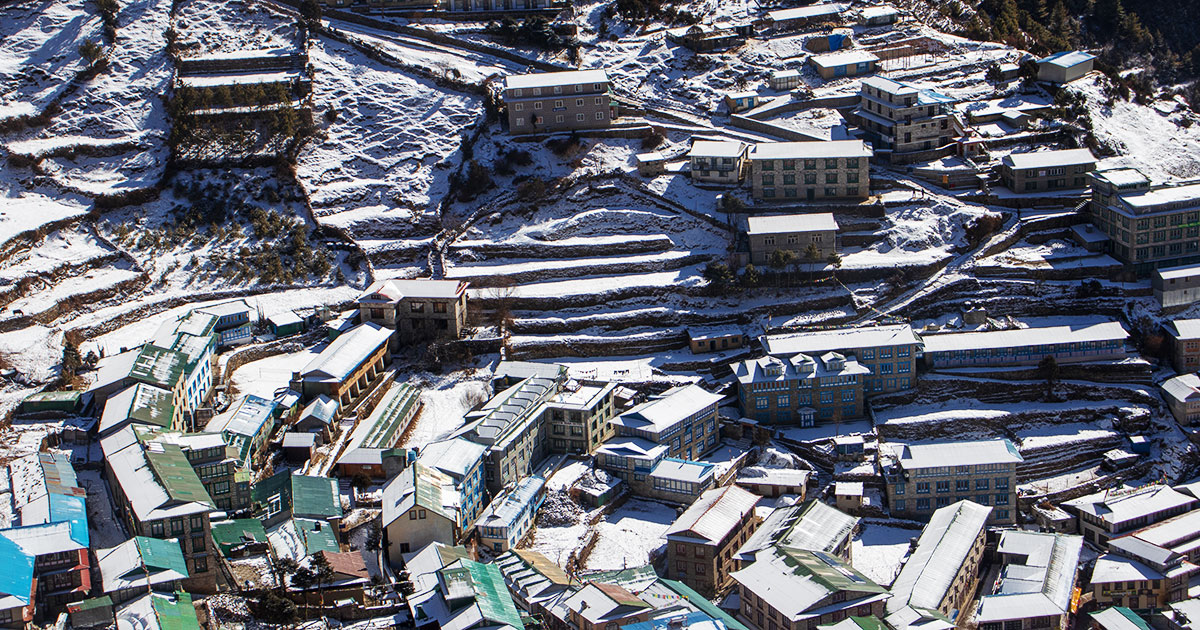
Usually, during September-November and April-May, most visitors ascend through different trekking routes of the Annapurna region.
Everest Base Camp Packages
A trip to the Everest region is a once-in-a-lifetime experience, perfectly curated for those looking to immerse themselves in the majesty of the Himalayas and the vibrant Sherpa culture. A standard EBC trek package is a 15-day adventure that starts with an exhilarating flight to Lukla. This destination offers an unparalleled blend of natural beauty, cultural immersion, and personal challenge.
Apart from these, you can also choose to trek to the Base Camp via Gokyo, do an Everest Three Pass trek, Trek to the Everest Region via Jiri, book an Everest Heli-sightseeing Tour, or Summit the Everest. Whichever package you choose, you’ll be rewarded with panoramic views of Everest, Lhotse, Nuptse, and Ama Dablam.
Getting to the Everest region
Getting to the Everest region is indeed a challenging and tiring yet exciting journey in itself, too. Usually, you fly to the Lukla Airport from Tribhuvan International Airport in Kathmandu, then hike up from Lukla to Namche Bazaar to explore more of the Everest region. You can also opt for a Heli-ride to Lukla, which continues to explore the Everest region through a Heli-sightseeing tour.
However, if you are acrophobic, you can drive to Phaplu and Tham Dada and then begin the trek to the Everest region. There is also an alternative route through Jiri that leads you to the Everest region via road.
Food & Accommodation in the Everest Region
Sherpa and Tibetan traditions highly influence food in the Everest region. While in Namche Bazaar, you are likely to get different cuisines, including Italian, Chinese, European, and American cuisine, food during the trek has limited options. Tea houses will serve mostly Tibetan and Sherpa cuisine, which includes food like lentil soup, Rice, Bread, Noodles, Potato, etc.
Similar is the case with accommodation. The Sherpa capital has options of standard luxurious accommodation. But while on the trek, you will stay in standard teahouses with clean rooms and bathrooms. With an additional charge, you can also get private rooms with attached bathrooms.
Safety of the EBC Trek
Traveling to the highest peak in the world, situated above 5000 meters from sea level, obviously comes with some risks and challenges. However, these risks can be mitigated with proper trekking, preparation, and adaptation of the necessary safety measures. Plan your trip in favorable climbing seasons to get off safely from your adventure.
Before travel, you must train and prepare your body to trek rough terrain for up to 7 hours daily. You will also need to be ready to tackle altitude sickness and other health conditions that might appear when traveling to high altitudes. You can buy trekking insurance to prepare for additional security, as you will be trekking above 5000 meters in an area with high avalanches and unpredictable climate risks.
Contributing to the Conservation of Everest Region
As a visitor, it becomes your responsibility to positively impact the environment of the destination you visit. If you are a conscious traveler, you can contribute to the Everest region conservation campaign of Sagarmatha Next. The organization intends to solve the pollution issues in the Everest region by collaborating with locals and the Sagarmatha Pollution Control Committee (SPCC).
On your way back, you can visit their learning and visitor centers and see how they have crafted visually appealing waste out of the garbage. Apart from bringing back your waste, you can also join their “Carry Me Back” campaign.
Through this initiative, the locals and organization members segregate waste and pack it in 1 kg white bags, which you can carry while leaving Sagarmatha National Park and drop off at Lukla airport.
Experience the Grandeur of Everest
Luxury or Budget; no matter which package you choose, you experience of the Everest region must be grand. Depending upon your allocated budget and services you want, you can choose any package that fits your requirement.
If you can’t decide yet then reach out to Awesome Holidays Nepal with you queries and get an EBC trek package tailor-made for you.
Never say no to the adventure of Everest!
FAQs
Expand AllHow much does it cost to trek Everest Base Camp trek?
A standard 15-day EBC trek package costs approximately $1940 per person. However, the cost may vary depending on how food and accommodation are customized, the variation of the trekking package, and the routes you choose.
The trekking cost doesn’t include any personal expense or charge for the services made upon request. Please check the packages for the price and find the amenities/services offered.
How long is the trek to Everest Base Camp?
The Everest Base Camp trek usually takes 15 days, starting with an exhilarating flight from Kathmandu to Lukla. However, the trek duration might vary depending on your chosen route and the packages you booked.
Exploring the EBC circuit through Gokyo Lake, Gokyo-ri, and Ngozumpa Glacier might take up to 17 days, whereas including the three-pass trek in this expedition might take up to 19 days.
When is the best time to trek to Everest Base Camp?
The best time to trek to Everest Base Camp is during the Autumn and Spring seasons, as the climate is favorable and the trekking route is rich in luscious greens. For a safe, memorable, and incredible experience, plan a trek between mid-September and November or March and June.
However, the trek is possible all around the year. As long as you can avoid rainstorms and sustain extreme temperatures, you can ascend during colder months to avoid the crowd.
What permits are required for the EBC trek?
You will require two passes, the Sagarmatha National Park Entry Permit and the Khumbu Pasang Lhamu Municipality Entry Permit to trek through the Everest region. Apart from these, you can get the optional Gaurishankar Conservation Area permit if you hike from Jiro to Everest.
These passes can be obtained easily from the Tourism Board of Nepal or from the Lukla or Monjo check post if you are already in Lukla.
What is the best way to train for the trek?
Some of the best ways to train for the trek are through regular cardio, focusing on breathing exercises, strength training, lifting weights, hamstring sketching exercises, and so on. You can switch to climbing stairs instead of lifts, walking, or jogging instead of driving to smaller distances to prepare your body.
Additionally, going on regular hikes or climbing up the hills can be the best way to train for the trek.
What kind of gear do I need for the Everest Base Camp trek?
To trek to Everest base camp, you will need lightweight and warmer clothing, trekking poles, hiking boots, headlamps, sleeping bags, sunglasses, toiletries, and solar batteries.
Do I need a visa for Nepal?
To travel to Nepal, you will need a “Tourist Visa.” This visa is available on arrival for most foreign visitors except those from African countries, Afghanistan, and refugees with travel documents.
Check the official website of the Department of Immigration for information regarding On Arrival and other tourist visas in Nepal.
What is the trek route like?
The trekking route to Everest base camp consists of rough rocky terrain, steep hills, and narrow trails. Along your path, you will also encounter suspension bridges, a national park area, luscious green forests, and locally inhabited villagers.
What kind of accommodation is available on the EBC trek?
While you have the option of standard, three-star, and five-star accommodation in Kathmandu, the options might be restricted on the trekking route. Along the route, you will most likely find tea houses with clean rooms.
And yes, it is possible to get private rooms or rooms with attached bathrooms, but you will have to pay an extra charge.
What should I pack for the trek?
You should pack warmer clothes, trekking gear, all your necessary medications, and your travel documents for the trek. Additionally, it is good to pack protein bars, dry nuts, and fruits for snacking on the trek, along with a refillable water bottle.
Even though the company will provide you with packaged water bottles along the journey, it is convenient to carry your own.
Related blog posts
Discover a choice of tourist destinations loved by most of our visitors. Whether you're on a jungle safari to spot rare animals or walking through a world heritage site, these well-planned itineraries cover the major highlights of Nepal.

